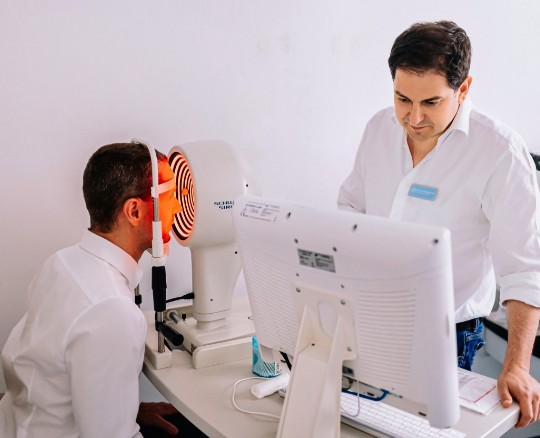Unsuitable for laser eye surgery?
ICL surgery (implantable contact lens) is the solution!
- Gain independence from glasses and contacts with this ultra-precise vision correction alternative





Laser eye surgery in Zurich with leading Lasik surgeons: Gain visual freedom with our method for exceptional laser eye surgery.
Choose the option below that sounds most like you to discover your best treatment
Discover everything you need to know about implantable contact lenses below
Many people around the world have already freed themselves from glasses and contact lenses, but not all eyes are suitable for laser treatment. Book a free initial consultation and find out which treatment can help you:
We are proud to be associated with top quality private medical insurance




Things like age, eye shape, history and lifestyle make an eye treatment perfect for one person, but not another. Find out which treatment (if any) could free you from glasses and contacts
Take a quizDiscover our laser eye surgeons in the heart of Zurich